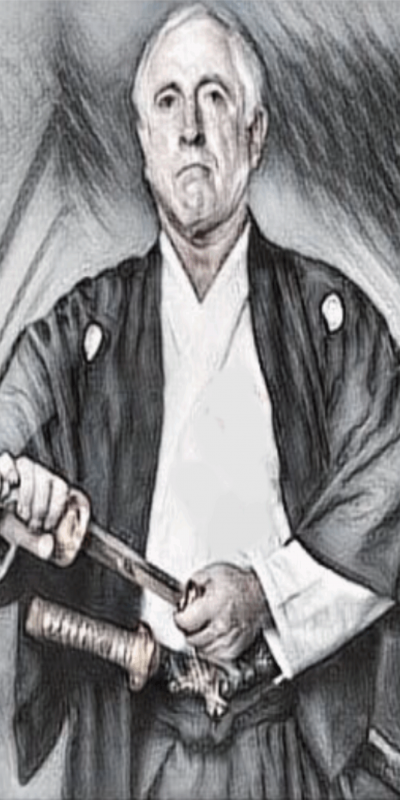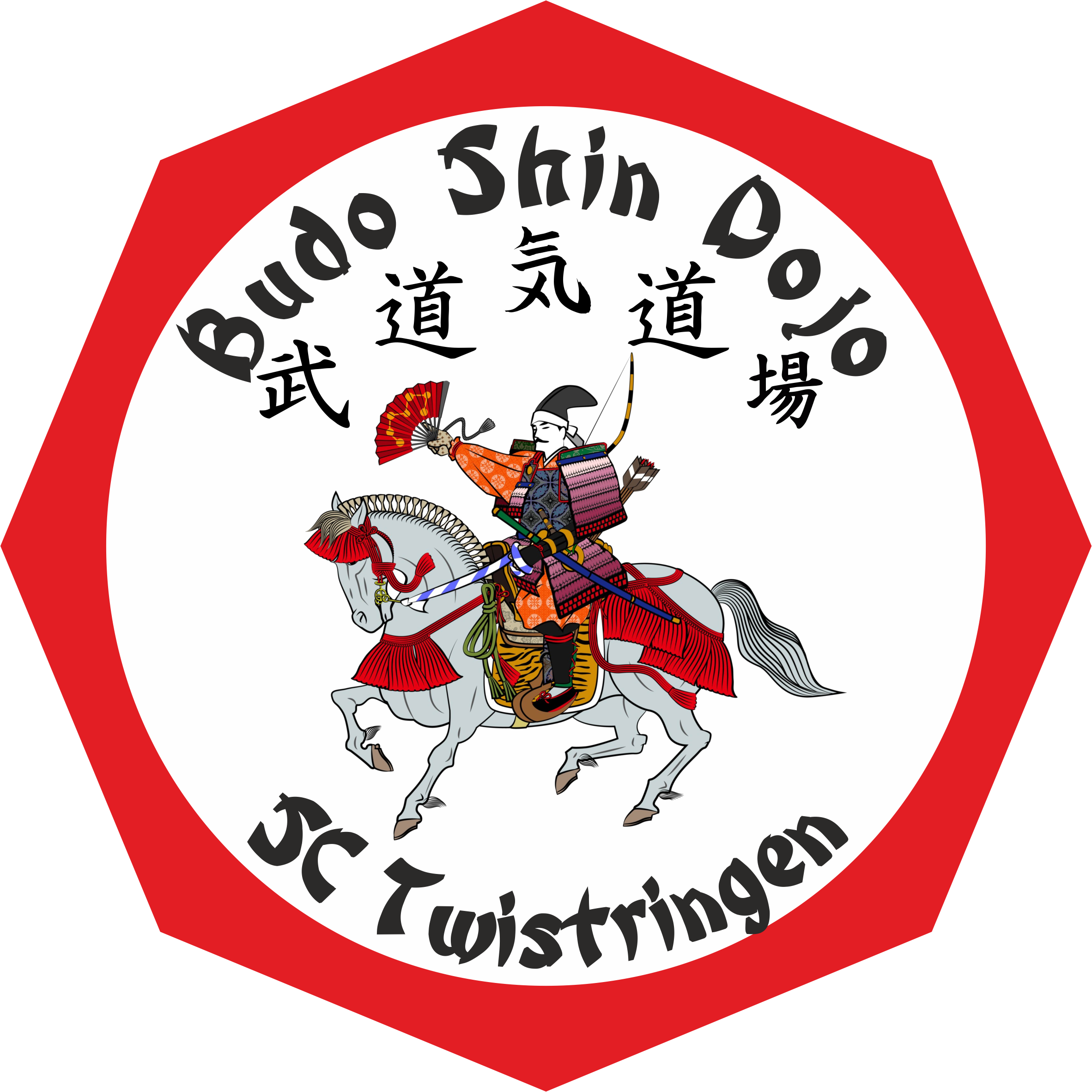Our club has been in existance since 1976, it all started with Judo, then Jiu-Jitsu was added and some years later Iaido (the art of drawing the sword) / Kenjutsu (the teaching of Japanese swordsmanship), Yamabushi Ryu Kyujutsu (Japanese war archery), Ryukyu Kobudo Fukyukai Japan (Shibucho Rainer Grytt Germany (style representative Germany) and Kundalini-/Hatha-Yoga. Due to the diversity of our Budo styles we have renamed ourselves as Budo-Shin-Dojo SC Twistringen e.V..
Our club has about 200 members and we train 5 days a week, with licensed instructors.
We organize competition tournaments, Budo-Kids- and Budo-Teens-Night as well as seminars on national and international level. Our highlight is the the returning Budo Weekend, 30th annual, which takes place on the last weekend in September with participants from all over the world. For more information please see: www.budowochenende.de oder: www.budowochenende.com.
For almost 40 years we have been maintaining the exchange with our sister town Bonnétable (France).
We are members of the following federations:
German Judo Federation, German Sambo Union / Sambo Master College,
Yoshinkan-International Landesverband Niedersachsen e.V. - The umbrella organization is the Yoshinkan-International e.V.,
Kyujutsu International and Ryukyu Kobudo Fukyukai Japan.
Our goal is to offer children, teenagers and adults a varied and interesting training in the Budo styles we offer.
We also teach in schools and kindergartens.
Training location for Kundalini Yoga is the Gymnasiumhalle, Vechtaer Straße, 27239 Twistringen.
All other Budo sports and Hatha Yoga take place in the sports hall, Am Mühlenacker, 27239 Twistringen.
For training times, please see our website: www.jitsu.de take out.
If you have any questions or are interested in our sport, just contact:
Rainer Grytt
Head Budo-Shin-Dojo
Am Eichenkamp 7, 27239 Twistringen
Tel. +0049 (0)4243 / 602211
Web: www.jitsu.de
Email: rgrytt@t-online.de

Turn your energy to good and
Welfare for all.
Jigoro Kano 1860 + 1938

Rainer Grytt Head Budo-Shin-Dojo

Torsten Gräpel deputy

Ruth Grytt
Treasurer

Dagmar Bewersdorf
public relations

Christiane Zimmer
Women's warden

Yvonne Grytt-Nitsche
Youth warden
